With plenty of options to consider, finding the best refrigerators that suits your household’s needs can be more time-consuming than you might initially think. Although old-fashioned top or bottom freezer models are still available, many homeowners gravitate toward flashier options—namely a French door or a side-by-side refrigerator.
From design and performance to space and convenience, there are a lot of factors to weigh when comparing French door vs. side-by-side refrigerators and deciding which to buy.
To answer all the questions you might have as you weigh up the pros and cons of French door and side-by-side refrigerators, we reached out to an appliance expert to weigh in on the benefits of both styles, and offer top tips on what to look for. So if you're still undecided, find out which is better: French door vs. side-by-side refrigerators.
What is a French door refrigerator?

French door refrigerators separate the fridge and freezer spaces into two vertically oriented compartments with the fridge sitting on top of the freezer. While the freezer is often accessible as a pull-out drawer, the fridge has two doors that open outward from the center. Because both the fridge and freezer compartments stretch across the entire width of the appliance, you have more room to place long platters and trays on the shelf.
If you want to let a dry rub set in before smoking a full rack of ribs, for instance, you’ll have plenty of room for a baking sheet and wire rack to keep them chilled overnight. Traditional French door refrigerators have two doors up top and a single drawer compartment for the freezer, but some newer models have embraced a four-door configuration. These appliances have two doors for the freezer that open outward just like the refrigerator compartment.
What is a side-by-side refrigerator?

A side-by-side refrigerator has two doors aligned vertically that run from the top of the appliance all the way to the bottom. One side is dedicated for your fridge space, while the other serves as your freezer. As such, you’ll have an equal amount of freezer and refrigerator space, which may be appealing if you often need to freeze leftovers, prepackaged microwave dinners, and any other food to thaw out later.
However, it’s important to keep in mind that having vertically aligned compartments can make for a more narrow space to store food in both the fridge and freezer.
French door vs side-by-side refrigerators: which is better?
Convenience
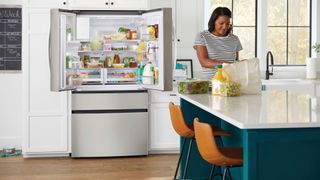
French door refrigerators are convenient options if you prioritize fridge space over your freezer since all of your fresh food is stored at eye level. You don’t need to bend over or kneel down to sort through drawers and shelves to find items in your fridge compartment.
Meanwhile, a side-by-side refrigerator’s slimmer layout could present headaches for homeowners—especially when trying to find food stored on lower shelves or when making space for large dishes. “Side-by-side refrigerators are difficult to see inside and have narrow interiors,” says Shirley Hood, an appliance specialist at Abt. “So, if you want to store platters or wide trays you might want to rethink getting a side-by-side refrigerator.”
French door models often allow for more customization options with shelving and food storage. Depending on how you want to organize your refrigerator, you may be able to adjust removable or slide-away shelves to create more space for taller items such as wine bottles or milk cartons. Many French door refrigerators offer additional amenities to choose from, including adjustable drawers, premium-quality ice makers, and extensive configuration options.
“Some French door refrigerator models offer indoor cooling, three-drawer storage, and dual ice makers with the ability to make craft ice,” Hood explains. Side-by-side models can offer customization options of their own, but the more narrow design limits the amount of flexibility you have to swap out drawers and tailor your refrigerator to your specific needs.
“If you want to store platters or wide trays you might want to rethink getting a side-by-side refrigerator.”
Shirley Hood, appliance specialist at AbtHaving said that, if you have a smaller kitchen, you may find that a side-by-side refrigerator is a better fit for your home. For one, side-by-side models are often a bit slimmer than French door refrigerators, so you’ll have an easier time fitting them into tight spaces in your kitchen. The doors on the side-by-side fridge are unlikely to swing out as far as those on a French door model, so there’s less worry about knocking into cabinets or walls in a cramped kitchen. Also, if you have a kitchen island that sits too close to the refrigerator, the freezer drawer on a French door model could be difficult to open completely when you’re standing directly in front of the appliance.
Newer four-door models blur the line between freezer and refrigerator with convertible spaces that allow you to select from a wide range of temperatures. “Some four-door side-by-side refrigerators come with convertible freezer space allowing you to switch from freezer to fridge and back,” notes Hood. This feature is perfect if you want to temporarily change the temperature in your fridge compartment beyond the standard range for this type of appliance—lowering the temperature to quickly chill a drink, for instance.
Winner: French door
Space

While French door refrigerators tend to offer more fridge space for storing meat, fruit, vegetables, dairy, and other perishable food items, this will vary from one specific model to another. “You will find that if you compare apples to apples—meaning both styles have the same overall capacity—side-by-side [refrigerators] will offer a slightly larger freezer capacity,” says Hood. “Whereas French door models will provide more fresh-food storage.”
Even fitting frozen pizzas in a narrow freezer space could be tricky.
One thing to remember when comparing models is that even if two appliances offer the same overall storage capacity, side-by-side refrigerators have less horizontal space than french door models. If your refrigerator needs to provide enough space to hold a wide platter or serving tray, then a side-by-side model may not be practical. For instance, there may not be enough space to place a large roasting pan to thaw a turkey for Thanksgiving dinner. Even fitting frozen pizzas in a narrow freezer space could be tricky. That may not be a deal breaker for everyone, but you may find that you need to consistently rearrange your fridge space to make room for larger items with a side-by-side model.
Winner: French door
Design
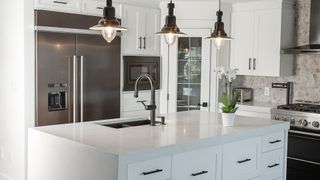
While design preferences can be highly subjective, there’s no question that French door refrigerators are more popular with homeowners today. People seem to prefer the sleek, modern style that a French door refrigerator can offer. “French door models tend to be the style of choice,” Hood says. That being said, manufacturers have begun to use French door configurations as inspiration to design eye-catching side-by-side refrigerators as well. “The introduction of the newer style four-door side-by-side models is helping to bridge the gap,” she explains. Models like the Frigidaire GRQC2255BF, a counter-depth four-door with a Custom-Flex Temp Zone, are a good example of this.
It’s worth noting that a French door model’s sleeker design often comes at an added cost. Although exact prices will vary depending on the manufacturer and retailer, these types of refrigerators are often more expensive than side-by-side units.
Winner: French door
Performance
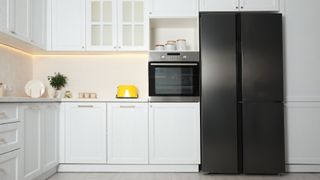
Side-by-side refrigerators are tried-and-true appliances, having been around for decades without presenting any fundamental design flaws that could lead to performance issues. French door models are somewhat more recent entries in the refrigerator market—they didn’t really take off until the mid-2000s—so homeowners may have more questions about their performance and longevity. According to Hood, though, there’s no reason to think that either style will pose serious concerns for homeowners, as long as the appliance itself is within its typical range of life.
“Side-by-sides have been around much longer than French-door models and have proven that overall, they are a reliable choice,” she says. “French door models, though newer, have also proven to be reliable.”
“Side-by-sides have been around much longer than French-door models and have proven that overall, they are a reliable choice”
In terms of energy efficiency, both styles are on pretty even footing. It can be argued that French door models come out slightly ahead in this department because you don’t necessarily need to open both doors to access the fridge compartment, but any energy-efficiency gains may be minimal.
While modern refrigerators have benefited from the development of cutting-edge technology and more advanced features such as the ability to adjust the appliance’s temperature with your smartphone, those improvements may come at the cost of a shorter lifespan compared with the refrigerators of yesteryear. “The difference is that the much older, less energy-efficient and less expensive models of the past had life expectancies of 20-plus years,” Hood explains. “Whereas today's more modern smart appliances can last 10 to 15 years with regular maintenance.”
Winner: Draw
Maintenance

For most homeowners, routine refrigerator maintenance will revolve around cleaning out old food, mopping up spills, and keeping everything neat and tidy. If you have a bad back and don’t want to spend a lot of time hunched over while reorganizing and cleaning shelves, drawers, and door bins, then a French door model could be the best option. Side-by-side refrigerators may be a bigger pain to clean and maintain due to the lower shelves. And while organizing and cleaning freezer compartments with French door units may be equally difficult, you’ll probably need to clean your fridge space on a more regular basis to get rid of spoiled food and give everything a once over. After all, frozen food doesn’t present much of a risk for spills or leaks, so you don’t need to clean out your freezer as frequently.
If you have a bad back, a French door model could be the best option.
With that in mind, deciding which model is easier to maintain comes down to which compartment you’ll get more use out of and need to clean on a more regular basis. In addition, Hood notes that each model’s specific configuration and storage features will have a massive impact on maintenance concerns.
“How easy it is to clean one type vs. the other is subjective as it depends on how easy it is to remove the bins, shelves, and drawers as some can be more difficult than others,” Hood says. “Other factors are whether or not you are storing your foods properly to prevent leakage, how you’re maintaining your refrigerator, and the amount of food you are storing daily. The bottom line is the more people use the refrigerator the more often it should be cleaned.”
Winner: Draw
Verdict
A side-by-side refrigerator’s slimmer design may appeal to those who have small kitchens with little room to fit a wide or oversized appliance. However, the narrow design can make organization more difficult, especially if you have long trays or platters to keep chilled. Because French door models tend to be significantly wider, you have more options for food storage in the fridge compartment, but you’ll need to check that your kitchen can accommodate the appliance’s larger dimensions.
“Side-by-side models are great for those with a tight space who are looking for a larger freezer compartment and prefer vertical freezer storage at a lower price,” says Hood. “French door models, on the other hand, are an excellent choice for the person who prefers more fresh food capacity, wider shelving, and a customizable interior.”
In many cases, deciding between the two will come down to the importance of fridge or freezer space. If you want more space to conveniently store fresh food, a clear line of sight into your fridge space without needing to bend over to get to out-of-the-way drawers, and more customization options, then a French door is probably the best option.
However, if you want more space to freeze leftovers, prepared foods, meat, and other items, then the larger freezer compartment that a side-by-side refrigerator can offer may be the deciding factor.
Because most homeowners will get more use out of the fridge compartment than the freezer, the advantages of a French door model will likely put it over the top—assuming you have the space in your kitchen and the room in your budget.
More from Tom's Guide
- Don’t make these 7 refrigerator mistakes
- 5 tips to organize your fridge
- 14 foods that you should never put in the freezer




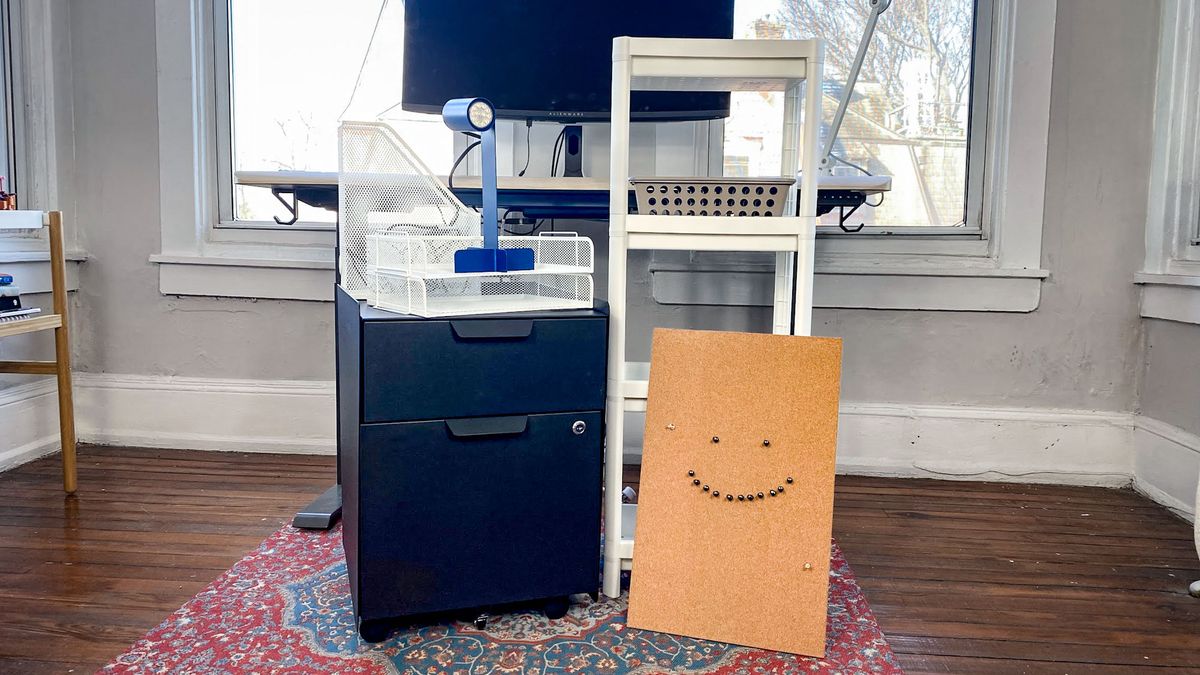
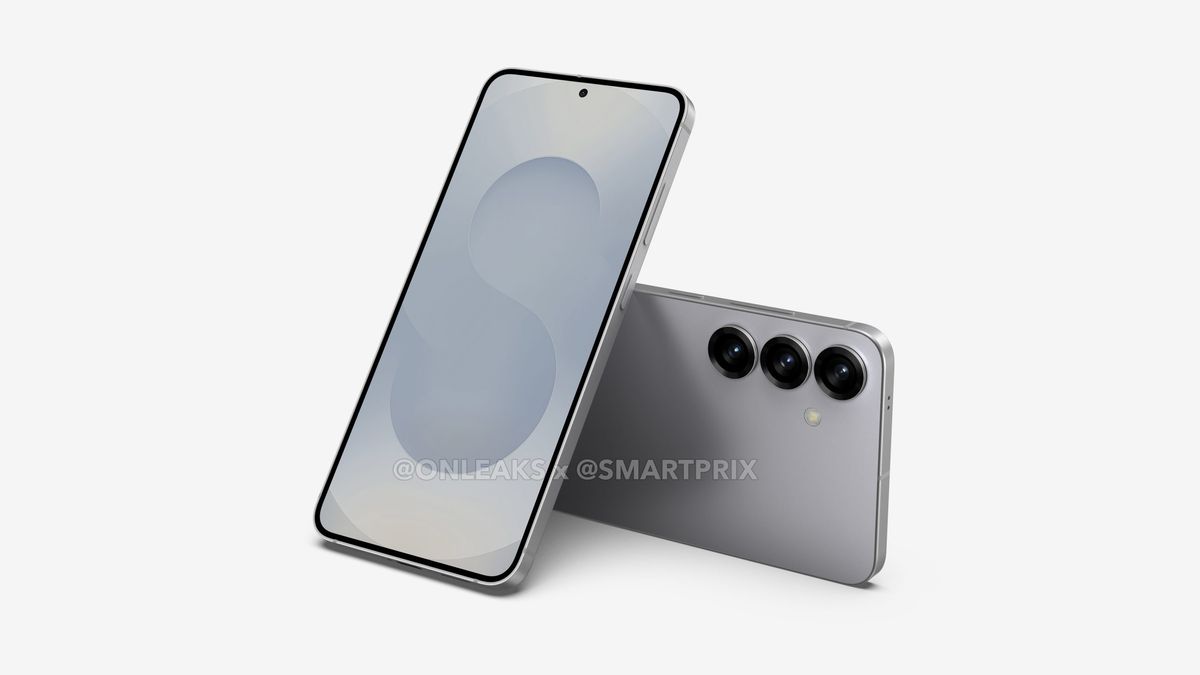
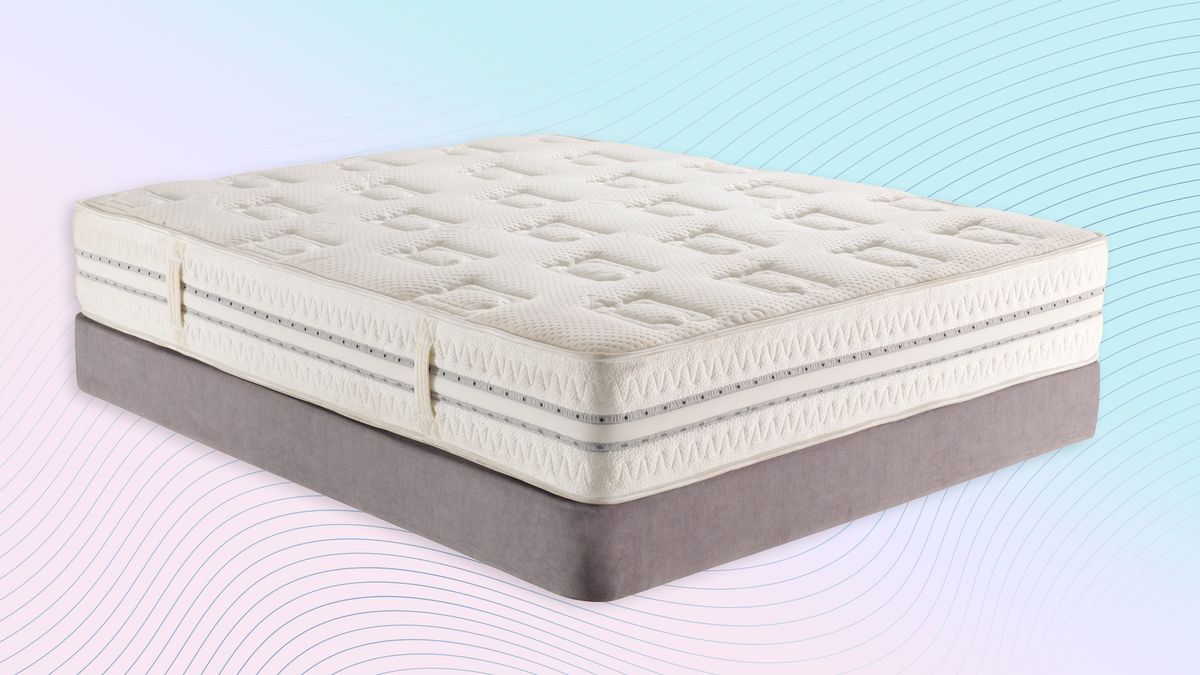
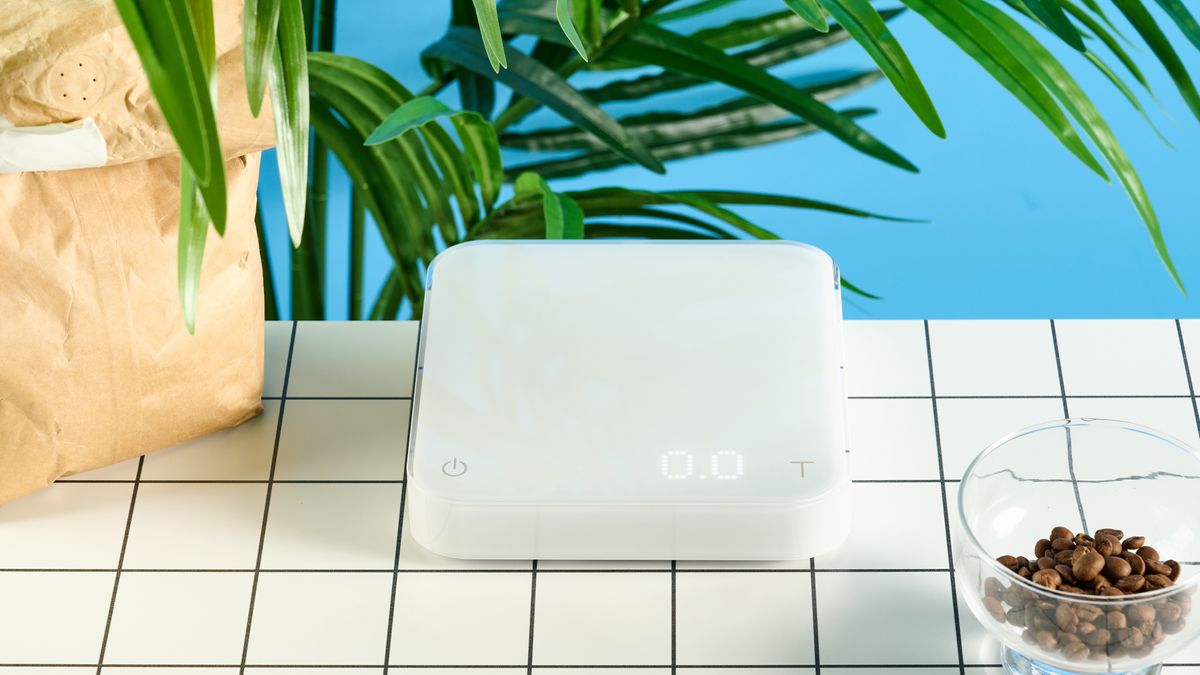
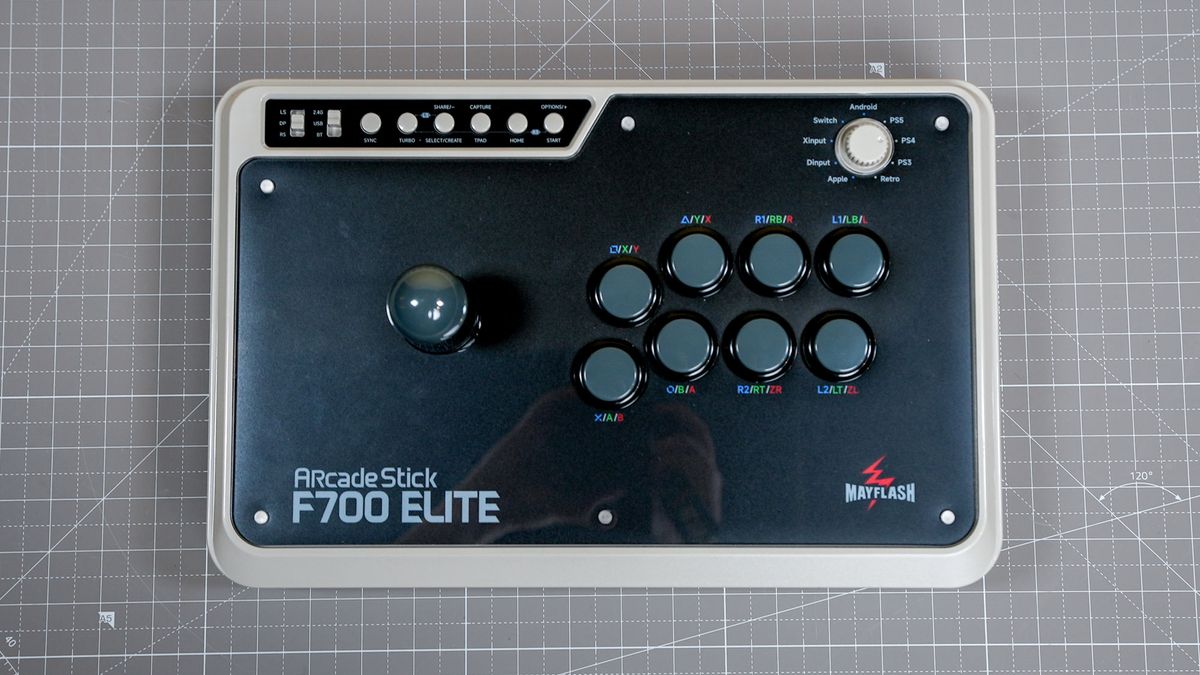












 English (US) ·
English (US) ·